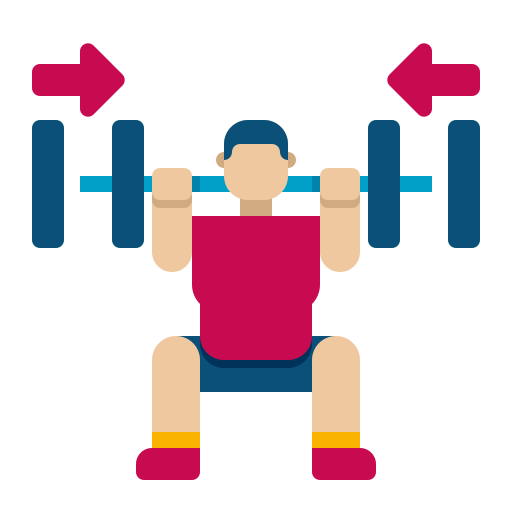Proper Squat Technique: Balancing Engagement
When performing squats, the primary focus should be on engaging the lower body muscles, especially the thighs and glutes, while maintaining a stable and neutral spine. A proper squat involves a controlled descent and ascent, with the weight distributed evenly through the heels and midfoot.
Feeling Back Engagement: Is it Normal?
It’s common to feel a slight engagement in the back during squats, particularly in the upper and middle back due to the stabilization required to support the weight. This engagement serves to maintain proper posture throughout the movement. However, feeling intense discomfort or sharp pain in the lower back might indicate improper form or an underlying issue.
Potential Causes of Back Discomfort during Squats
Improper Form:
Incorrect technique, such as leaning too far forward or rounding the lower back, can place excessive stress on the lumbar spine, leading to discomfort or pain.
Weak Core Muscles:
Inadequate core strength can cause the lower back to bear more load than necessary during squats, resulting in discomfort.
Injury or Pre-existing Conditions:
Past injuries or underlying conditions in the lower back could be aggravated by squatting, leading to discomfort or pain.
Tips to Prevent Back Discomfort during Squats
Focus on Form:
Ensure proper squat form by keeping your chest up, back straight, and knees aligned with your toes. Engage your core to support your spine throughout the movement.
Start with Bodyweight Squats:
Master the technique without added weight to build strength gradually and avoid unnecessary strain on the back.
Strengthen Core Muscles:
Incorporate exercises that strengthen the core, such as planks and deadbugs, to provide better support for your lower back during squats.
So.
Feeling some engagement in your back during squats is normal, especially in the upper back for stability. However, experiencing significant discomfort or pain in the lower back signals the need to reassess your technique or seek guidance from a fitness professional. Prioritize proper form, strengthen your core, and listen to your body to optimize your squatting experience and prevent potential injuries.
Remember, the goal of squats is to enhance overall strength and fitness. By ensuring proper form and paying attention to how your body responds, you can maximize the benefits of this effective exercise without unnecessary strain on your back.


